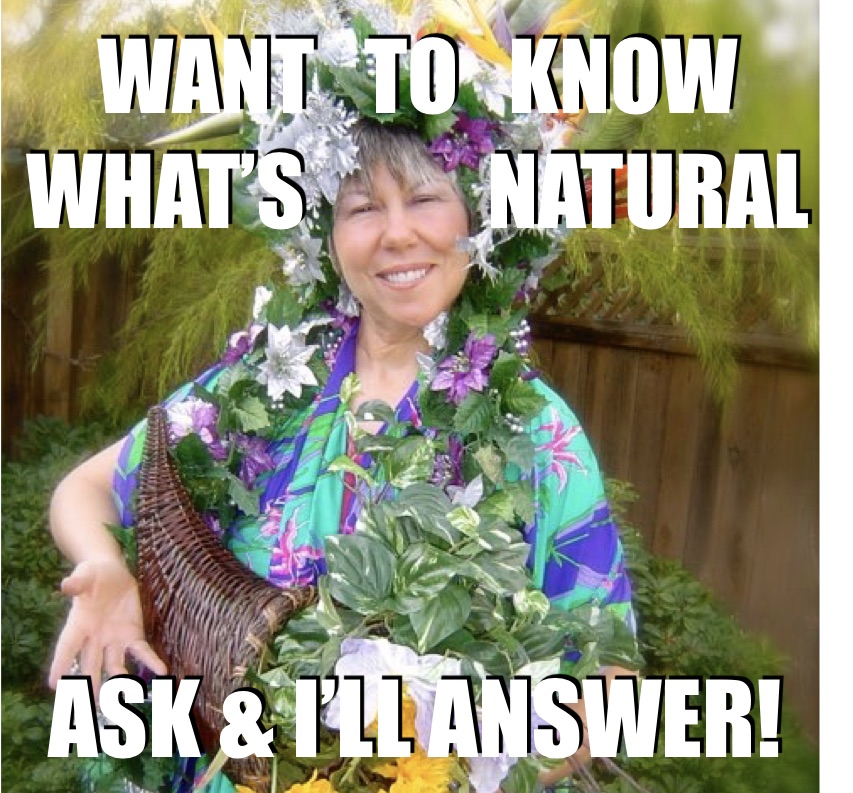

On RightWayToBeGreen I’ve written about a number of instances of contemporary management of the environment in the outback of the North American West to save, protect, restore, and sustain areas of particular interest in that spectacular region. Some of those efforts resulted in failures. Some in successes. Most (if not all) involved environmental groups, and most (if not all) involved people working with the land (ranchers) as a way of life. My involvement in this, of course, has been to increase the successes and decrease the failures. This has not been easy, and the reason it hasn’t been easy is mainly because of a single hangup.
That hangup has been our definition of Nature — ”Nature is all the “‹animals and “‹plants in the “‹world and all the “‹features, “‹forces, and processes that “‹exist or “‹happen “‹independently of “‹people.” (Source the Cambridge Academic Content Dictionary)
Most (if not all) of the instances of management to ”save, protect, restore, and sustain” the outback of the North American West involve the application of this definition as a means to solve an environmental problem — extinction of species, cataclysmic wildfire, climate change, desertification, monumental erosion, and more.
That is the case with one of the examples described and analyzed most extensively in this blogsite which involved the illegal-ization of human herding of prey animals (livestock, i.e., cattle) on public lands along the Verde River in Arizona. The aim of that move was to end the threat to the Verde’s native fishes posed by the impact and alteration of the river and the habitat through which it flowed by the grazing of cattle.
As I wrote in my description of the matter: After the illegal-ization was successful and the removal of cattle from US Forest Service lands along the Verde was complete, government scientists took note that the action was apparently achieving the opposite of what was intended and expected: It was altering the habitat in such a way that it was becoming inhospitable to its native fish, including the threatened (since designated as endangered) spikedace. In light of this, those scientists proposed a study to investigate whether the strategy was a solution or delusion. The study, however, was denied by their superiors. Why? The land had been returned to Nature, i.e., the main activity by humans along the river — grazing livestock — had been halted. So, what was there to study? If spikedace were disappearing from the river it couldn’t have been caused by returning the river to Nature. Returning things to Nature didn’t have bad impacts, only good, natural ones. More likely it was because cows had screwed the river up so bad and started it on such a downward trend Nature couldn’t heal it.
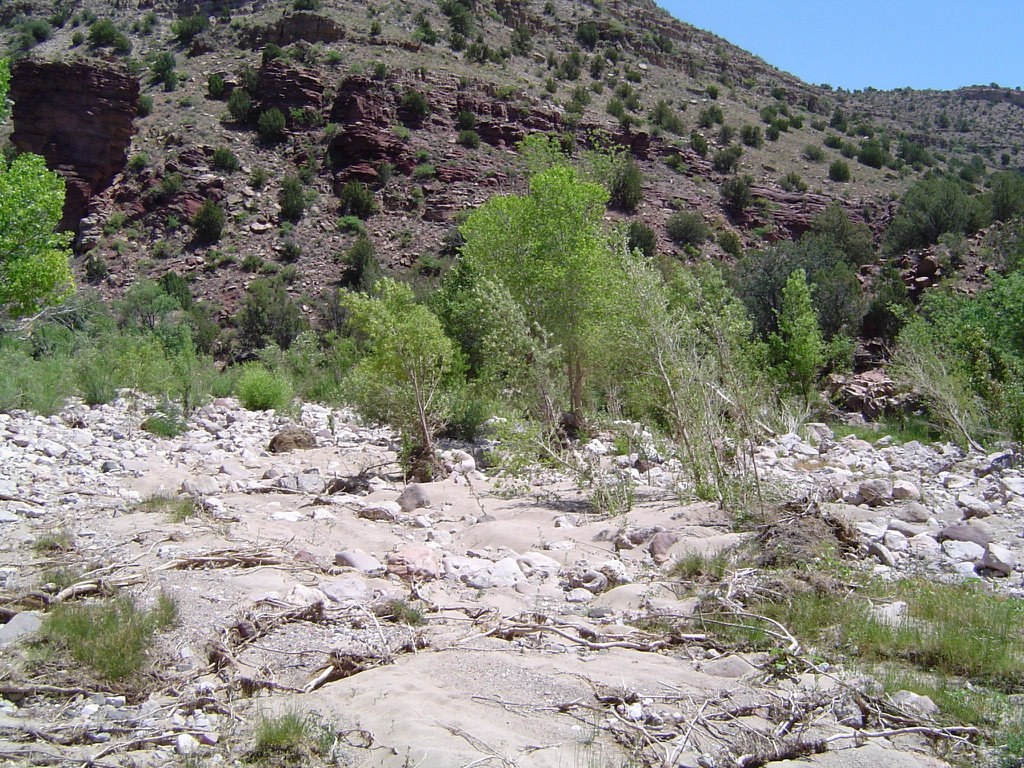
So, 22+ years later (grazing removal was completed in 1998) there are still no spikedace in this ”saved” river. What’s more. the ratio of native to non-native fish still remains flipped with the natives in the minority and non-natives in the majority.
This leads to the question: Could returning the land to Nature have possibly been a bad thing? How could that be? And, if it was a bad thing in this case, how could we keep it from being the same in other cases? How could we make returning the land to Nature what it is supposed to be — a good thing?
Well, first, let’s go back to the definition of what is Natural. Maybe there’s a hint there…
”Nature is all the “‹animals and “‹plants in the “‹world and all the “‹features, “‹forces, and processes that “‹exist or “‹happen “‹independently of “‹people.”
Who removed cattle grazing from along the river? People! Right? Two or three environmental groups threatened to sue the US Forest Service if they didn’t remove grazing from the river, and the USFS said, You’re right, Get em off!” So, removing cattle grazing from along the Verde was done by people and therefore was unnatural, by definition!
What could we have done to make our effort to return the river to Nature (and save its native fish), natural? In other words what could we have done to make sure our method would work to save the native fish rather than extirpate them? Maybe we should ask Nature? And where might we look for her answer?
As for where might we look for Nature’s answer, how about the way the ecosystem reacted to our two questions — ”Should we continue grazing? Or halt grazing?” After cattle had been removed, and the river, and its ecosystem had begun to become inhospitable and even hazardous to its natives, some scientists took note of a portion of the river that was private property (rather than USFS public land) and was still being grazed by the same ranchers in the same way they had managed much of the rest of the river while it was supporting native fish so well. Revealingly, that still-grazed portion of the river was still in the same native fish-sustaining condition as was most of the river when it actually supported healthy populations of natives! In fact, that was so much the case, one of the scientists involved named that still-grazed section of river the ”Little Slice of Heaven.”
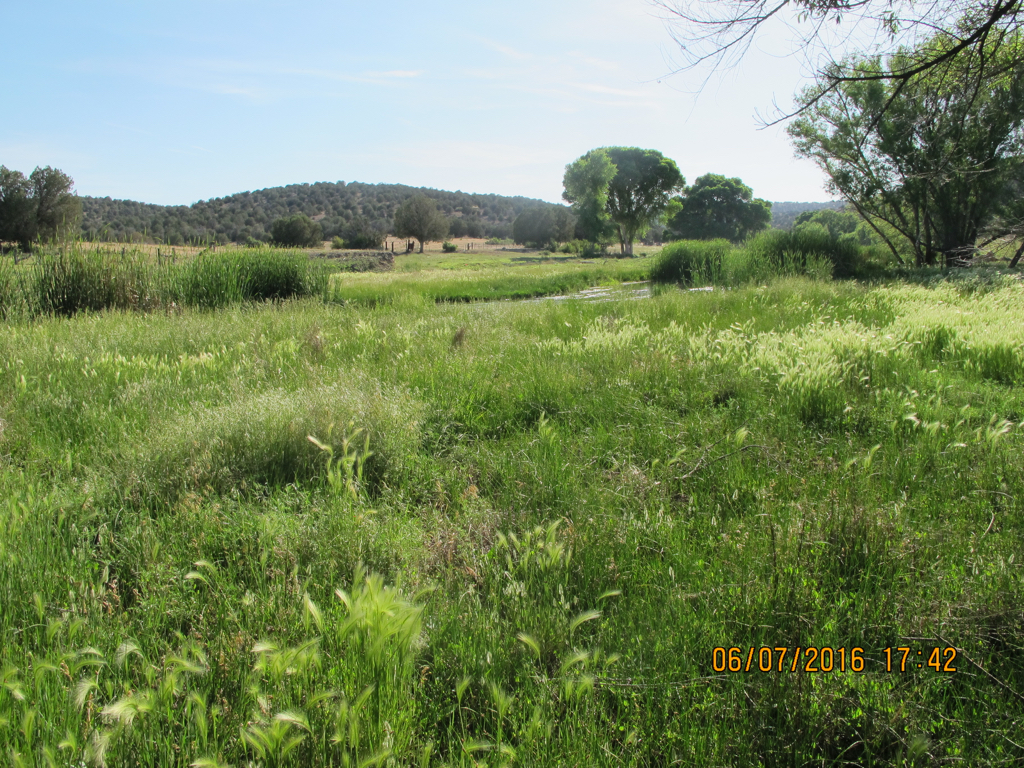
Doesn’t this amount to conducting a conversation with Nature? By applying both methods — removing grazing on public land and continuing grazing on the private land, didn’t we ask Nature, ”What’s the best way to keep the Verde River healthy and supportive of its native fish populations (and native bird populations, too) — By removing livestock? Or, by continuing to graze the riverside in the way this rancher and his cattle have been doing, actually the way humans have been doing since Native Americans herded and hunted bison, elk and other hoofed animals here for several thousand years?”
And didn’t Nature give us an answer — a very dramatic, recognizable, undeniable answer?
So, why are some of us ignoring Nature’s answer to our question? Why are the environmental groups involved in the Verde fiasco threatening to sue to apply the same failed solution (remove grazing) to other ecosystems, including one place along a different river that is virtually identical to what the Verde was, and hosts the largest known remaining population of spikedace? And why are they threatening to sue to increase enforcement along the Verde, alleging that stray cattle are still grazing parts of the river’s ecos? These continuing efforts, in spite of their history of failure, even appear to have doomed the Little Slice of Heaven.
Doesn’t this amount to telling Nature to ”Shut up!” Or saying, ”Oh, don’t pay any attention to her. She’s not saying what you think she’s saying.”
Maybe it’s time more of us started paying attention to what Nature really is saying. There would be a lot fewer Verde-style fiascos if we did, and spikedace, among others, would certainly be appreciative.
The good news: The good news is that some environmental groups are beginning to pay attention to Nature’s answer to our questions about how to best get along with her and the earthly ecos. See these posts…

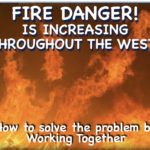

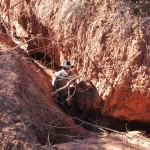

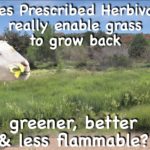
I hope one day that sciences will conquer in the field of environmentalism